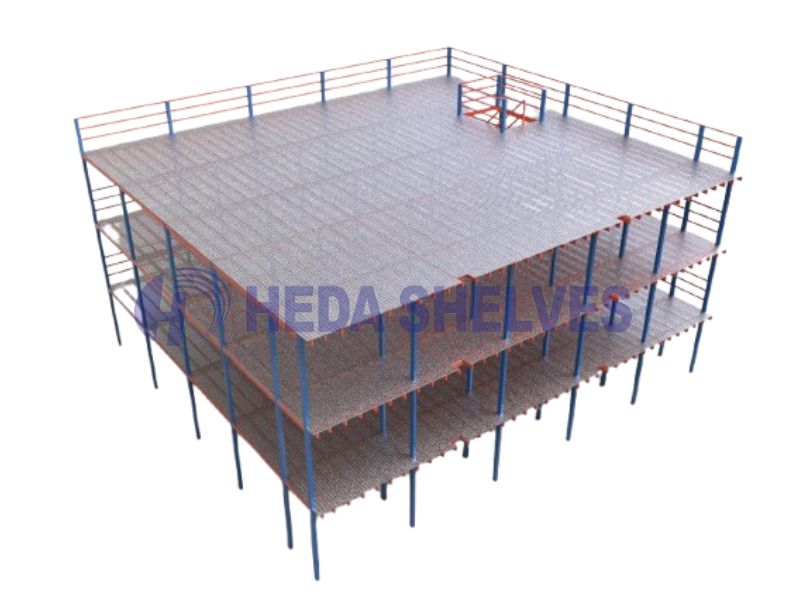How Do Toilet Fill Valves Work ?
When we open the lid of a toilet tank, we usually see two obvious plastic components — one is the fill valve, and the other is the flush valve. In this blog, we’ll focus on how a toilet fill valve works. Its main job is to control water entering the tank and stopping it at the right time, ensuring that after each flush, the tank refills quickly and steadily to the set water level.
Basic Functions of a Toilet Fill Valve
The core functions of a fill valve are:
-
Open quickly after flushing to let fresh water enter the tank.
-
Automatically shut off when the water level reaches the set height to prevent overflow.
-
Keep each refill consistent to save water.
Common Toilet Fill Valve Types
-
Float Ball Toilet Fill Valve – Uses a lever connected to a float ball. The float moves up and down with the water level to control the valve. It takes up more space but works better in low water pressure environments.
-
Double-Float Toilet Fill Valve – Uses two floats to trigger the shut-off. The design is more compact and space-saving.
-
Pressure Toilet Fill Valve – Senses water pressure changes inside the tank to control shut-off. This type is the smallest in size and fits tight spaces.
Toilet Fill Valve Working Principle
1. Float Ball Toilet Fill Valve
-
Flushing Stage: Pressing the flush button opens the flush valve, and water from the tank rushes into the toilet bowl.
-
Refill Start: As the water level drops, the float ball drops, moving the lever and opening the inlet.
-
Water Level Rising: Water flows into the tank, and the float ball gradually rises. The inlet starts to close slowly, so the refill speed decreases.
-
Refill Stop: When the water reaches the set level, the float ball pushes the shut-off mechanism to fully close the inlet.
2. Double-Float Toilet Fill Valve
-
Flushing Stage: Same as above.
-
Refill Start: As the water level drops, the outer float drops and opens the inlet.
-
Water Level Rising: Unlike the float ball design, the double-float system keeps the maximum refill speed until the water reaches the height of the outer float, resulting in the shortest refill time.
-
Refill Stop: Once the water reaches the outer float height, the inner float instantly rises and triggers the shut-off mechanism.
3. Pressure Toilet Fill Valve
-
Flushing Stage: Same as above.
-
Refill Start: As the water level drops, the internal water pressure also decreases. The valve senses this pressure change and opens the inlet.
-
Water Level Rising: Water enters the tank, the pressure gradually increases, and the refill speed slows down (similar to the float ball type). However, because it relies on pressure as the trigger, the shut-off water level may vary slightly each time.
-
Refill Stop: When the water reaches the set level, the internal spring mechanism pushes the seal to close the inlet.
Anti Siphon Feature
A high-quality anti siphon toilet fill valve prevents water from the toilet tank from flowing back into the household water supply, protecting drinking water from contamination.
Regularly checking and maintaining your toilet fill valve ensures smooth flushing and saves water. Choosing the right toilet fill valve type can improve refill efficiency, extend the life of your toilet, and reduce the need for repairs.
